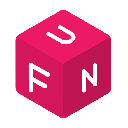-
 Bitcoin
Bitcoin $83,692.3503
0.83% -
 Ethereum
Ethereum $1,817.6072
1.05% -
 Tether USDt
Tether USDt $0.9997
-0.01% -
 XRP
XRP $2.1571
4.64% -
 BNB
BNB $597.9442
0.92% -
 Solana
Solana $121.3486
4.34% -
 USDC
USDC $1.0000
0.01% -
 Dogecoin
Dogecoin $0.1701
3.73% -
 Cardano
Cardano $0.6627
2.07% -
 TRON
TRON $0.2366
-0.80% -
 Chainlink
Chainlink $12.9968
1.79% -
 UNUS SED LEO
UNUS SED LEO $8.9254
-4.67% -
 Toncoin
Toncoin $3.2910
-5.61% -
 Stellar
Stellar $0.2571
-0.87% -
 Avalanche
Avalanche $18.2770
1.18% -
 Sui
Sui $2.2536
2.53% -
 Shiba Inu
Shiba Inu $0.0...01238
1.05% -
 Hedera
Hedera $0.1630
0.81% -
 Litecoin
Litecoin $83.8930
0.33% -
 Polkadot
Polkadot $4.0032
-0.63% -
 MANTRA
MANTRA $6.2613
-0.60% -
 Bitcoin Cash
Bitcoin Cash $303.7265
-0.19% -
 Bitget Token
Bitget Token $4.5099
0.36% -
 Dai
Dai $1.0001
0.01% -
 Ethena USDe
Ethena USDe $0.9990
-0.06% -
 Pi
Pi $0.6727
25.93% -
 Hyperliquid
Hyperliquid $12.0801
5.29% -
 Monero
Monero $216.8337
0.33% -
 Uniswap
Uniswap $5.9215
0.58% -
 OKB
OKB $51.4710
9.89%
What are tokenized assets in Web3?
Tokenized assets, represented by unique digital tokens on the blockchain, are revolutionizing ownership models, offering greater accessibility, liquidity, and transparency in various industries.
Feb 17, 2025 at 11:36 am
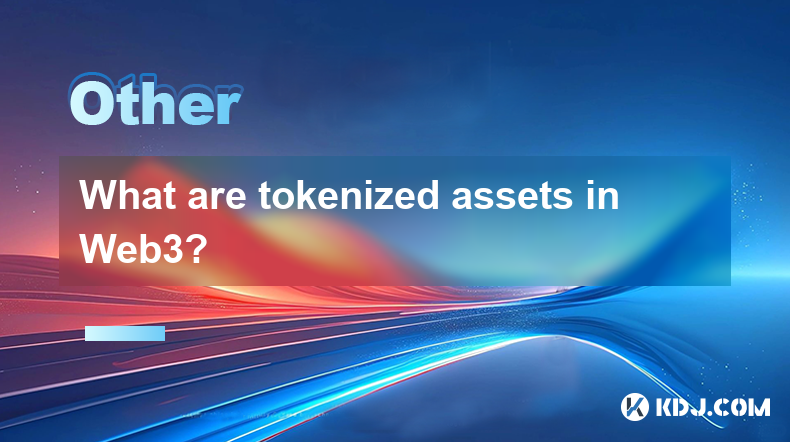
Key Points
- Introduction to tokenized assets in Web3
- Tokenization process and benefits
- Applications and use cases of tokenized assets
- Types of tokenized assets
- The rise of tokenization in Web3
- Challenges and limitations of tokenization
- FAQs about tokenized assets
What are Tokenized Assets in Web3?
In the realm of Web3, tokenization has emerged as a transformative technology that has the potential to reshape numerous industries. Tokenized assets represent the representation of real-world assets, rights, and ownership on the blockchain. This innovative concept empowers individuals with greater accessibility, transparency, and efficiency in ownership and trading.
Tokenization Process and Benefits
The tokenization process involves creating a digital token or cryptocurrency that represents a specific asset. This token serves as a unique digital identifier that holds information about the asset's ownership, attributes, and rights associated with it. Tokenization offers several key benefits:
- Ownership verification
- Greater accessibility
- Improved liquidity
- Enhanced transparency
- Increased security against fraud
- Reduced costs for transactions and settlement
Applications and Use Cases of Tokenized Assets
Tokenized assets have a wide range of applications in the Web3 ecosystem. Some notable use cases include:
- Real estate ownership
- Artwork and collectibles
- Supply chain management
- Voting
- Fractional ownership
- Equity and security markets
Types of Tokenized Assets
Based on the underlying assets they represent, tokenized assets can be classified into various categories:
- Fungible Tokens: These tokens are interchangeable, meaning they can be freely traded for other equivalent tokens. Examples include cryptocurrencies like Bitcoin and Ethereum.
- Non-fungible Tokens (NFTs): NFTs are unique digital assets that represent ownership of specific items. They are often used for digital artworks, collectibles, and real-world assets.
- Asset-backed Tokens: These tokens are backed by or represent value from real-world assets, such as real estate, gold, or commodities.
The Rise of Tokenization in Web3
The integration of tokenization into Web3 brings forth numerous benefits that drive its increasing popularity:
- Enhanced decentralization by eliminating intermediaries
- Automation of processes through smart contracts
- Global accessibility for asset markets
- Increased trust through transparency and security
- Creation of new financial instruments
Challenges and Limitations of Tokenization
While tokenization offers immense potential, it also comes with challenges:
- Regulatory uncertainties
- Technical complexity
- Market volatility
- Security risks
- Asset valuation mechanisms
FAQs about Tokenized Assets
- What is the difference between tokenized assets and cryptocurrency? Tokenized assets represent a specific asset or right, while cryptocurrencies are primarily used as a medium of exchange or store of value.
- What are the advantages of tokenizing real estate? Tokenization of real estate enables fractional ownership, improved liquidity, and faster transactions.
- What is the role of blockchain in tokenization? Blockchain provides a secure and transparent digital ledger for issuing, tracking, and managing tokenized assets.
- What are the risks associated with tokenized assets? Market volatility, regulatory uncertainties, and security risks are among the potential challenges in tokenization.
- How does tokenization impact financial markets? Tokenization introduces new digital financial assets and enables greater accessibility for investors.
Disclaimer:info@kdj.com
The information provided is not trading advice. kdj.com does not assume any responsibility for any investments made based on the information provided in this article. Cryptocurrencies are highly volatile and it is highly recommended that you invest with caution after thorough research!
If you believe that the content used on this website infringes your copyright, please contact us immediately (info@kdj.com) and we will delete it promptly.
- title: Dogecoin (DOGE) Shows Resilience Despite Bitcoin (BTC) and Altcoin Market Downturn
- 2025-04-05 18:20:12
- Fartcoin (STPT) Down After Explosive Rally as Investors Take Profits
- 2025-04-05 18:20:12
- NodeOps Network Unveils Innovative Pre-Sale Price Discovery Mechanism
- 2025-04-05 18:15:12
- MIND of Pepe Presale Closes On $8 Million – Next Crypto To Explode?
- 2025-04-05 18:15:12
- The Next Bitcoin Treasury Company May Not Be a U.S. Tech Giant
- 2025-04-05 18:10:12
- Market Greed Turns to Bloodbath as Nearly $300M Worth of Perpetual Futures Positions Get Liquidated
- 2025-04-05 18:10:12
Related knowledge
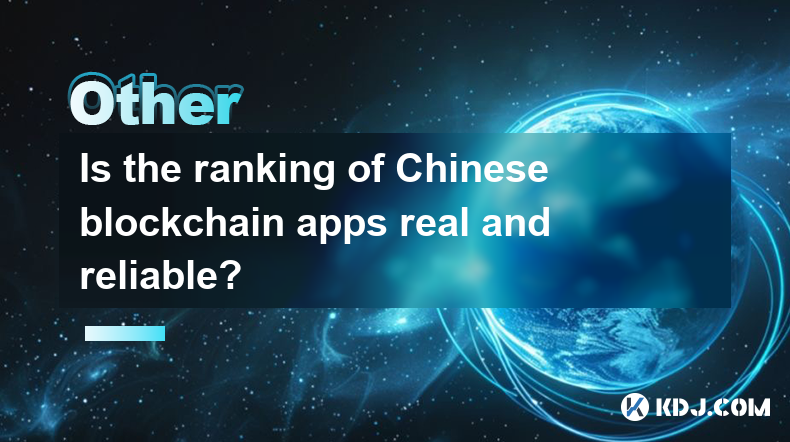
Is the ranking of Chinese blockchain apps real and reliable?
Apr 04,2025 at 09:01pm
The ranking of Chinese blockchain apps has become a topic of interest for many in the cryptocurrency community, as it provides insights into the popularity and adoption of blockchain technology within China. However, the reliability and authenticity of these rankings are often questioned. This article aims to delve into the factors that influence these ...
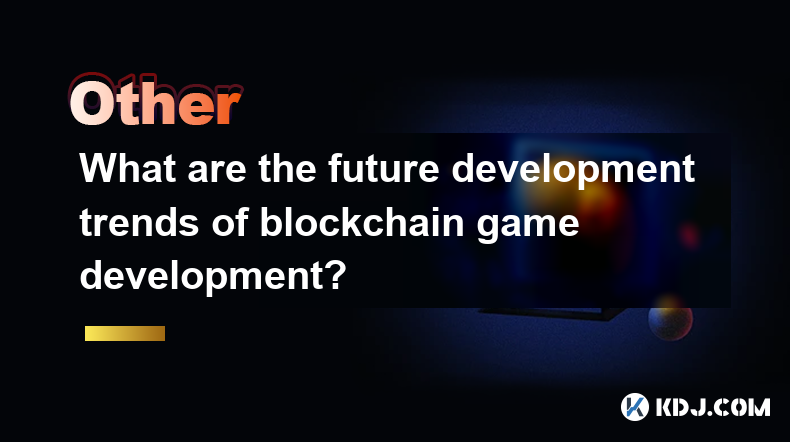
What are the future development trends of blockchain game development?
Apr 03,2025 at 05:00am
Blockchain technology has revolutionized various industries, and gaming is no exception. As we look to the future, several trends are set to shape the development of blockchain games. These trends not only promise to enhance the gaming experience but also to integrate blockchain technology more seamlessly into the gaming ecosystem. Let's explore these t...
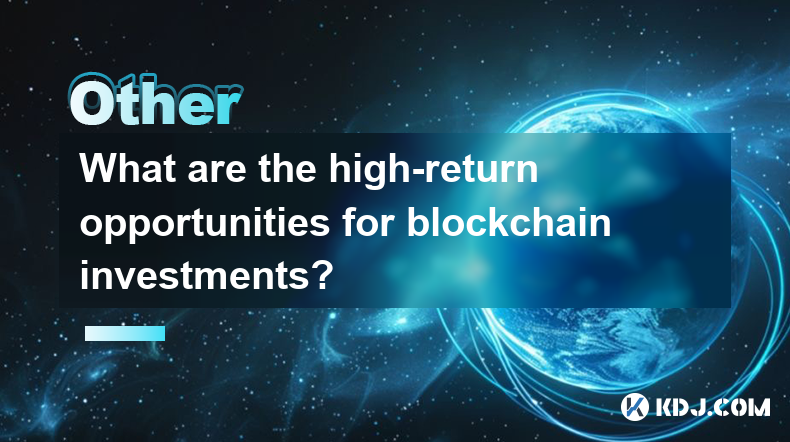
What are the high-return opportunities for blockchain investments?
Apr 05,2025 at 02:35pm
Blockchain technology has revolutionized the financial world, offering numerous high-return investment opportunities. These opportunities span various sectors within the cryptocurrency ecosystem, including cryptocurrencies, decentralized finance (DeFi), non-fungible tokens (NFTs), and blockchain startups. Each of these areas presents unique risks and re...
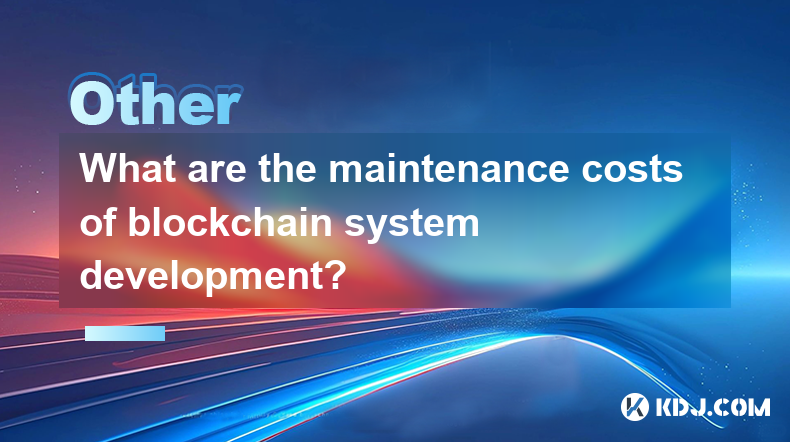
What are the maintenance costs of blockchain system development?
Apr 03,2025 at 06:07pm
The maintenance costs of blockchain system development are multifaceted and depend on various factors. These costs can include technical maintenance, security updates, infrastructure expenses, and personnel costs. Understanding these elements is crucial for anyone planning to develop or maintain a blockchain system. Technical MaintenanceTechnical mainte...
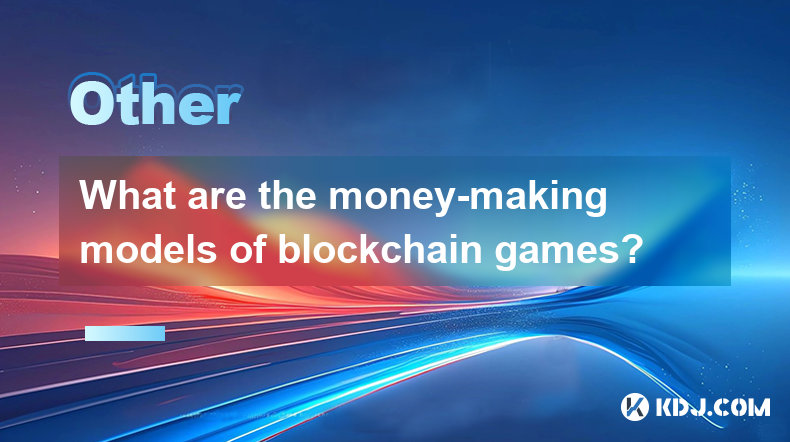
What are the money-making models of blockchain games?
Apr 04,2025 at 02:00pm
Blockchain games have emerged as a revolutionary way for players to earn real money while enjoying their favorite pastime. These games leverage the power of blockchain technology to create unique money-making models that benefit both the players and the developers. In this article, we will explore the various money-making models of blockchain games and ...
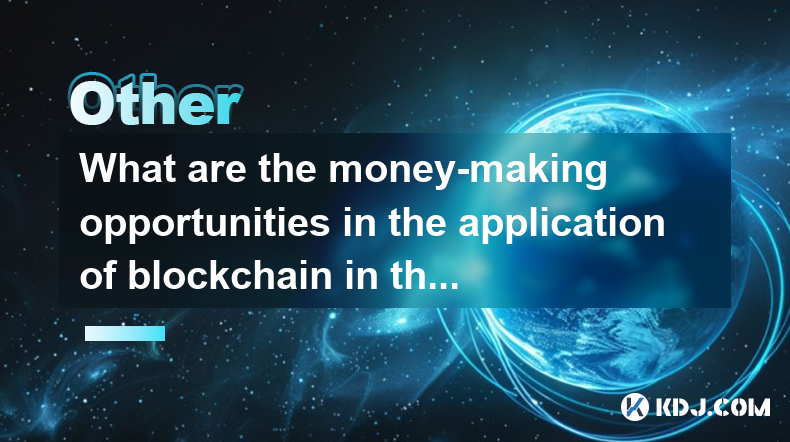
What are the money-making opportunities in the application of blockchain in the medical industry?
Apr 03,2025 at 03:35am
The integration of blockchain technology into the medical industry presents a myriad of money-making opportunities that can revolutionize healthcare systems. Blockchain's inherent characteristics, such as transparency, security, and immutability, make it an ideal solution for various medical applications. By leveraging blockchain, companies can develop ...

Is the ranking of Chinese blockchain apps real and reliable?
Apr 04,2025 at 09:01pm
The ranking of Chinese blockchain apps has become a topic of interest for many in the cryptocurrency community, as it provides insights into the popularity and adoption of blockchain technology within China. However, the reliability and authenticity of these rankings are often questioned. This article aims to delve into the factors that influence these ...

What are the future development trends of blockchain game development?
Apr 03,2025 at 05:00am
Blockchain technology has revolutionized various industries, and gaming is no exception. As we look to the future, several trends are set to shape the development of blockchain games. These trends not only promise to enhance the gaming experience but also to integrate blockchain technology more seamlessly into the gaming ecosystem. Let's explore these t...

What are the high-return opportunities for blockchain investments?
Apr 05,2025 at 02:35pm
Blockchain technology has revolutionized the financial world, offering numerous high-return investment opportunities. These opportunities span various sectors within the cryptocurrency ecosystem, including cryptocurrencies, decentralized finance (DeFi), non-fungible tokens (NFTs), and blockchain startups. Each of these areas presents unique risks and re...

What are the maintenance costs of blockchain system development?
Apr 03,2025 at 06:07pm
The maintenance costs of blockchain system development are multifaceted and depend on various factors. These costs can include technical maintenance, security updates, infrastructure expenses, and personnel costs. Understanding these elements is crucial for anyone planning to develop or maintain a blockchain system. Technical MaintenanceTechnical mainte...

What are the money-making models of blockchain games?
Apr 04,2025 at 02:00pm
Blockchain games have emerged as a revolutionary way for players to earn real money while enjoying their favorite pastime. These games leverage the power of blockchain technology to create unique money-making models that benefit both the players and the developers. In this article, we will explore the various money-making models of blockchain games and ...

What are the money-making opportunities in the application of blockchain in the medical industry?
Apr 03,2025 at 03:35am
The integration of blockchain technology into the medical industry presents a myriad of money-making opportunities that can revolutionize healthcare systems. Blockchain's inherent characteristics, such as transparency, security, and immutability, make it an ideal solution for various medical applications. By leveraging blockchain, companies can develop ...
See all articles














































































